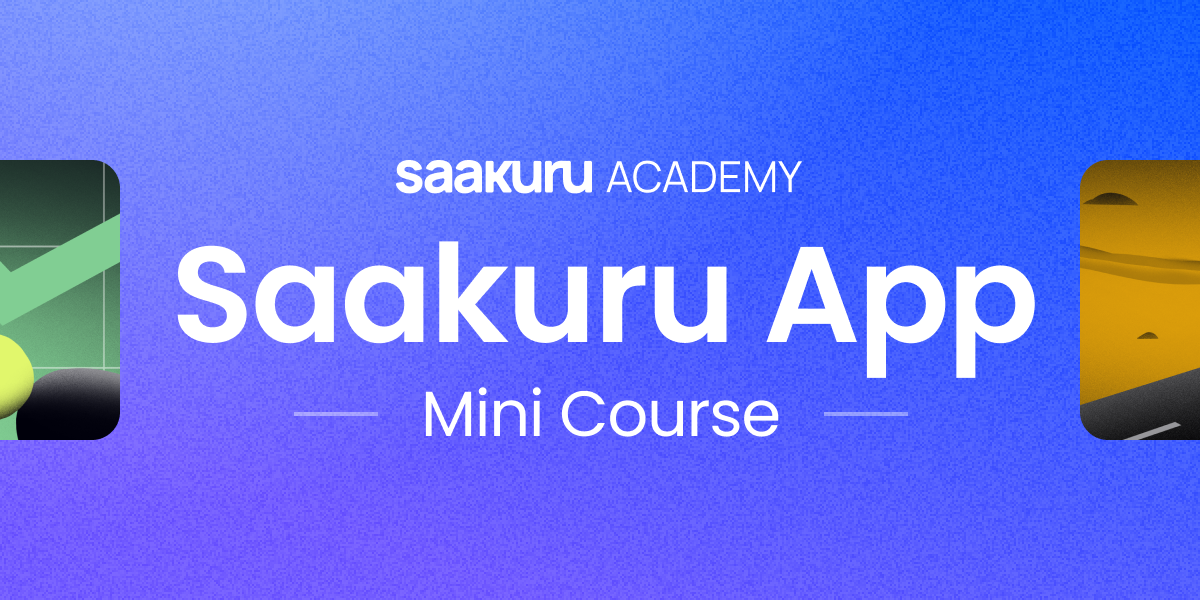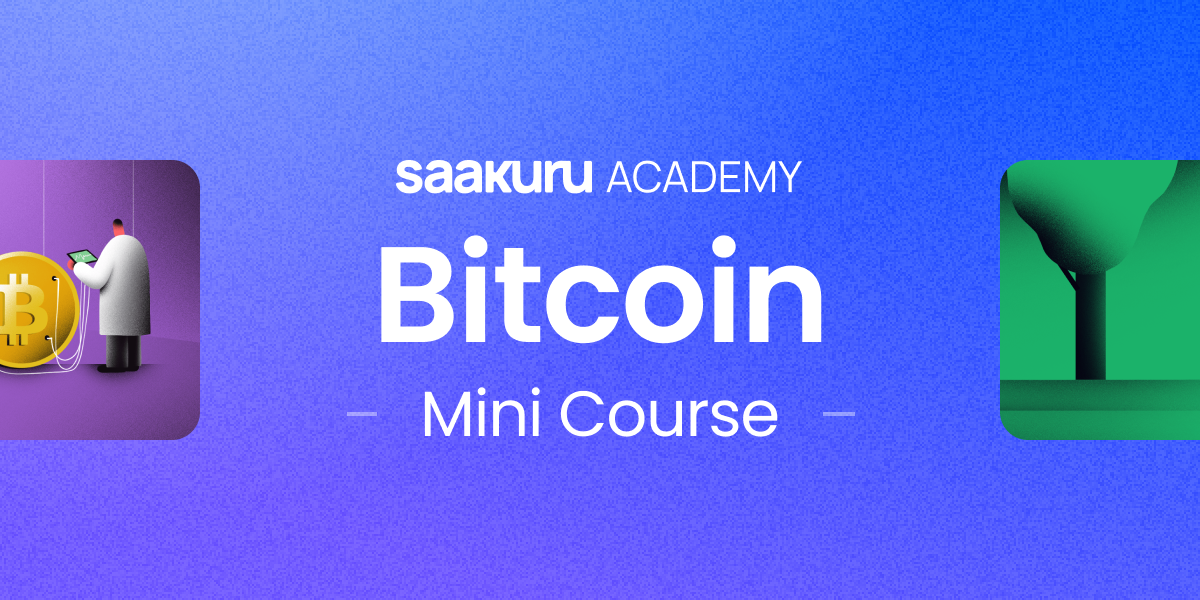
What is Spark (FLR) and the Flare Network?
Flare is a blockchain network designed to provide developers with secure access to data from other blockchains and the wider online world. In addition to oracle functionality, which fetches off-chain data and brings it into on-chain applications, Flare offers two-way bridges that enable different blockchain networks to communicate. It also has its own token, known as Spark (FLR).
In this AAG Academy article, we’ll look at Flare Network and its native Spark token in more detail, and explain how they work. We’ll also look at FLR token uses, cover Flare Network airdrops, and answer some frequently asked questions.
What is Flare Network?
Flare is a layer 1 blockchain protocol, which means that it is powered by its own blockchain network. It integrates the Ethereum Virtual Machine (EVM), which makes it compatible with all smart contracts and decentralized applications (DApps) initially built for Ethereum. This allows Flare to be used to scale smart contract networks in a fast and efficient way.
Flare is made up of two primary components: the State Connector and the Flare Time Series Oracle (FTSO). The State Connector is what delivers blockchain interoperability, allowing different blockchains to communicate with each other. The FTSO is what allows blockchains to communicate with the outside world, allowing them to use data from off-chain sources.
What is the FLR token and what is it used for?
The Spark (FLR) token is the native cryptocurrency of the Flare network. Like many other native tokens, FLR is most often used to pay transaction fees. There are 100 billion FLR in circulation, 58% of which is allocated to the community, with around 19% allocated to Flare’s development team and advisors. Around 22% is reserved for Flare’s investors and other partners.
In addition to covering gas fees, the FLR token can also be used as collateral within decentralized applications (DApps), to participate in governance of the Flare network, and to pay for Flare network oracles, which are used to fetch off-chain data so that it can be used inside on-chain applications. It can also be traded, like most other cryptocurrencies.
How was the Flare Network developed?
Flare was founded by Hugo Philion, Sean Rowan, and Nairi User, who now hold the positions of CEO, CTO, and Chief Scientist within the Flare organization. The group published Flare’s first whitepaper in August 2020, and in it, they detailed plans to bring smart contract capabilities to blockchain networks that didn’t have them as standard, such as Ripple’s XRP Ledger.
At the time, the network was heavily focused on supporting the XRP Ledger, and on bringing greater functionality to the XRP token. That’s of little surprise, given that Flare received significant funding from Xpring, Ripple Labs’ investment arm, in 2019. Since then, Flare has enjoyed support from a number of major venture capital firms, including Digital Currency Group.
In its updated Flare version 2.0 whitepaper, published in late 2022, the organization officially renamed its Spark token to FLR, and detailed refinements to its key components.
How does the Flare Network work?
As we mentioned at the beginning of this guide, Flare’s primary purpose is to solve the problem of data accessibility for blockchain-based applications. Although blockchain networks have many strengths, they also have their weaknesses — one of the biggest of which is their inability to access data that they do not hold locally.
A number of solutions have been developed to address this issue, one of which is Flare. It not only allows one blockchain to pull data from another, but it goes beyond that, enabling DApps to access information that does not exist on a blockchain at all. Let’s look at its key components in more detail to understand how Flare works:
State Connector
The State Connector allows different blockchain networks to communicate, which is not usually possible as standard. To do this, Flare recreates the ‘state’ of another blockchain on its own blockchain through the use of two tools. One of these is the request-commit-reveal (RCR) protocol, which allows users to request information from another blockchain.
The second tool is the branching protocol, which checks that the requested data is valid by seeking agreement from verified users — officially named attestation providers.
Flare Time Series Oracle (FTSO)
The FTSO uses oracles to allow blockchain applications to fetch off-chain data. This allows DApps to access information — usually price data for major assets like BTC, ETH, XRP, and USD — from online (but not on-chain) sources, which may be critical to DeFi protocols on Flare. Potential data providers must stake FLR tokens to participate in the process.
Staking, and the threat of token slashing for providers who act maliciously, helps ensure that fetched data is accurate and reliable. Data providers can also earn rewards based on their accuracy.
Flare Network airdrops
As we touched on above, Flare was designed to work closely with the XRP Ledger, so much so that FLR tokens are actually airdropped to XRP holders. The first of those airdrops took place in January 2023 after a two-year wait, and it saw the distribution of more than 4.28 billion FLR tokens to XRP holders at a rate of 1:1 (for every XRP token, holders received one FLR).
Remaining airdrops are scheduled to take place over the next three years, and all you have to do to participate in them is hold XRP. In addition, Flare offers FlareDrops, which rewards Wrapped FLR (WFLR) token holders with more FLR tokens. 24.2 billion FLR has been allocated for these, and will be distributed monthly for 36 months.
Sources :
- What is flare network flr
- Introduction to flare
- What is spark flr and the flare network
- Flaredrop guide
Frequently Asked Questions
The FLR token is used to pay transaction fees on the FLR network, as well as for staking, governance, and for the use of FTSOs.
Like all cryptocurrencies, FLR is volatile, but that doesn’t necessarily make it a bad investment. Whether it’s a good investment for you depends on your own objectives and investment strategy.
FLR tokens are available from a wide range of exchanges, including Coinbase, Kraken, KuCoin, Gate.io, and more.
Disclaimer
This article is intended to provide generalized information designed to educate a broad segment of the public; it does not give personalized investment, legal, or other business and professional advice. Before taking any action, you should always consult with your own financial, legal, tax, investment, or other professional for advice on matters that affect you and/or your business.
Get news first
Be the first to get our newsletter full of company, product updates as well as market news.

















